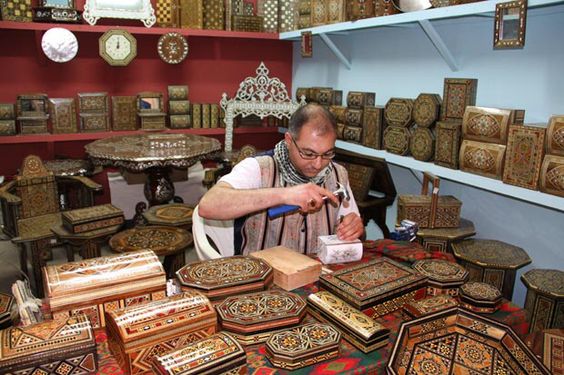Jewelry has always been a symbol of elegance, status, and personal expression. From ancient civilizations to modern-day fashionistas, the allure of adorning oneself with precious metals and gemstones remains undiminished. However, not everyone can afford authentic pieces of jewelry, leading to the rise of imitation jewelry—an art form in its own right. In this guide, we delve into the world of imitation jewelry, exploring its history, craftsmanship, and significance in contemporary fashion.
A Brief History:
The tradition of imitation jewelry dates back centuries, with ancient civilizations such as the Egyptians and Romans crafting replicas of precious jewelry using materials like glass, ceramic, and enamel. These imitations served both practical and ornamental purposes, allowing individuals to emulate the opulence of genuine jewelry without the associated costs. Over time, imitation jewelry evolved alongside advancements in craftsmanship and technology, becoming increasingly sophisticated in design and quality.
Craftsmanship And Materials
Imitation jewelry encompasses a diverse range of materials and techniques, each offering its own unique aesthetic and appeal. Common materials used in imitation jewelry include glass, cubic zirconia, rhinestones, and synthetic gemstones, all carefully crafted to mimic the brilliance and sparkle of their genuine counterparts. Metal alloys such as brass, copper, and stainless steel are often used as the base for imitation jewelry, providing durability and affordability.
Craftsmanship plays a crucial role in the creation of imitation jewelry, with skilled artisans employing techniques such as casting, electroplating, and stone setting to achieve stunning results. While imitation jewelry may lack the intrinsic value of authentic pieces, it compensates with meticulous attention to detail and artistic flair, making it a popular choice for fashion-conscious individuals seeking stylish accessories at accessible prices.
Significance In Fashion:
Imitation jewelry has long been embraced by fashion designers and enthusiasts as a versatile and cost-effective means of accessorizing. From runway shows to red carpet events, celebrities and trendsetters often don imitation jewelry to complement their attire and make a statement. The affordability and versatility of imitation jewelry allow for greater experimentation and creativity in accessorizing, enabling individuals to effortlessly update their look and express their personal style.
Moreover, imitation jewelry offers an ethical alternative to genuine pieces, addressing concerns related to conflict diamonds and unsustainable mining practices. By opting for imitation jewelry, consumers can enjoy the beauty of fine craftsmanship without contributing to environmental degradation or human rights violations, aligning with the growing demand for ethically sourced and sustainable fashion.

